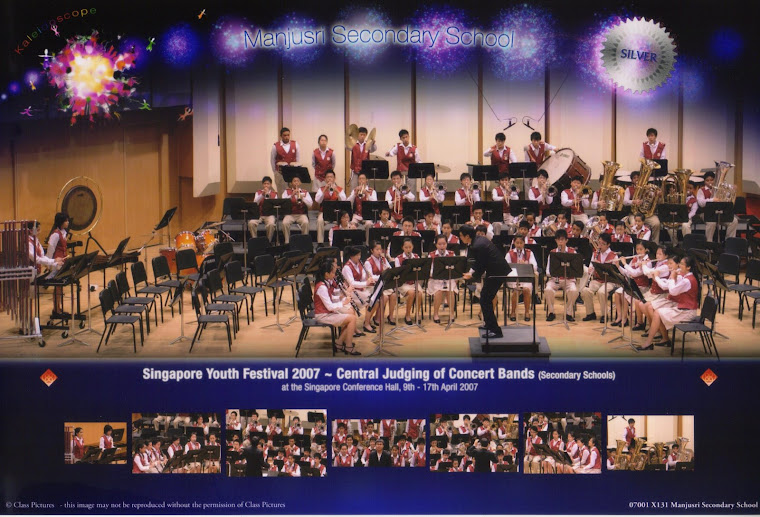Written in 1923, the English Folk Song Suite is one of English composer Ralph Vaughan Williams's most famous works for military band. The piece has also been arranged for full orchestra and brass band by Vaughan Williams' student Gordon Jacob. The suite consists of three movements: March, Intermezzo and another March, all of which are subtitled with English folk song names. The first march is based upon Seventeen Come Sunday, the Intermezzo upon My Bonny Boy and the final movement on Folk Songs from Somerset.
1: March - "Seventeen Come Sunday"
Seventeen Come Sunday opens after a four bar introduction with the principal melody - the folk song Seventeen Come Sunday[1] - played by the woodwind section (flutes in orchestrated version). This melody is repeated, and the woodwind is joined by the brass (violins in orchestrated version). The phrasing is irregular - the melody lasts for thirteen bars. This melody is followed by Pretty Caroline[2] as a quiet melody for solo clarinet and solo cornet (clarinet only in orchestrated version), which is also repeated. A third tune, Dives and Lazarus then enters in the lower instruments. This third tune is notorious for having a grueling 6/8 rhythm played by the upper woodwinds, against the straight 2/4 rhythm of the saxophones and brasses. This third theme is repeated, then leads straight back to the second theme. Finally, the first theme is repeated in a Da capo al Fine. The form of this movement can be represented by A-B-C-B-A (Arch form).
2: Intermezzo - "My Bonny Boy"
My Bonny Boy opens with a solo for the oboe (sometimes doubled or played by solo cornet) on the tune of the folk song My Bonny Boy[3], which is repeated by the low-register instruments. Halfway through the movement, a Poco Allegro begins on Green Bushes[4], a typically English waltz, first sounded by a piccolo, E-flat clarinet, and oboe first in the minor context, then repeated in the major with the lower-brass. The first melody is played again in fragmented form before the close of the movement. The appeal of this piece derives from its sheer simplicity.
3: March - "Folk Songs from Somerset"
Folk Songs from Somerset
Folk Songs from Somerset opens with a light introduction of four measures before the first melody, the folk song Blow Away the Morning Dew or The Baffled Knight[5], played by the solo cornet (clarinet in orchestration). This melody is then dovetailed around the band/orchestra before finishing with a fortissimo reprise. A second melody (High Germany[6]) then takes over, being played by the tenor and lower register instruments, while the remainder takes over the on beat chordal structure. As this second melody dies away the original melody is heard once again with the tutti reprise. This then leads into the key change, time change (6/8) and the trio. The trio introduces a more delicate melody played by the woodwind with a light accompaniment. This continues until the time signature changes again, back to the original 2/4. Along with this time change a final heavy melody (John Barleycorn) enters in the lower instruments (trombones and double basses in orchestrated version) while the cornets play decorative features above. This trio is then repeated in full before a D.C. is reached. The form of this movement can be represented by A-B-A. (ternary form)
Monday, July 28, 2008
Subscribe to:
Post Comments (Atom)



1 comment:
Post a Comment